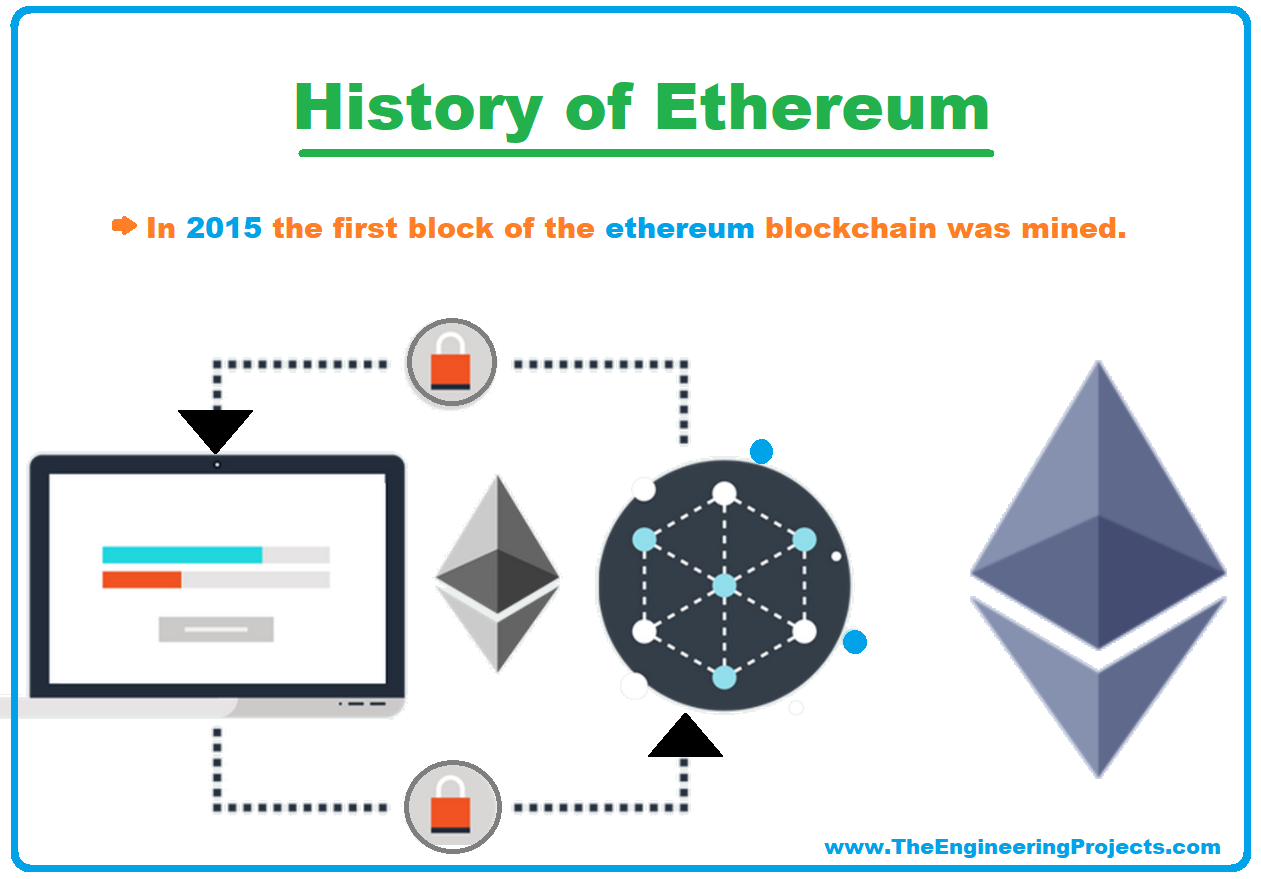What Is Blockchain Ethereum An Insightful Look At Its Impact
What is blockchain ethereum? It’s not just a buzzword but a revolutionary technology shaping the future of finance and digital interactions. This fascinating landscape merges blockchain’s decentralized ledger with Ethereum’s innovative platform, enabling countless applications and transforming how we perceive trust and security in the digital age.
At its core, blockchain technology serves as a secure and transparent system for recording transactions, while Ethereum adds a layer of versatility through its smart contracts. Together, they create a unique ecosystem where developers can build decentralized applications (dApps), fostering creativity and innovation across various industries.
Introduction to Blockchain
Blockchain technology is revolutionizing how we think about data storage and transactions. At its core, blockchain is a decentralized, distributed ledger that records transactions across many computers. This ensures that the recorded transactions cannot be altered retroactively, guaranteeing security and transparency. With the rise of cryptocurrencies and various applications beyond finance, the significance of blockchain is becoming increasingly apparent.Key components that make up a blockchain system include blocks, nodes, and miners.
Each block contains data, a timestamp, and a cryptographic hash of the previous block, linking them together in a chain. Nodes are participants in the network that maintain copies of the blockchain, while miners validate transactions and add new blocks to the chain. The differences between public and private blockchains are fundamental. Public blockchains, like Bitcoin, are open to anyone and provide transparency, while private blockchains are restricted to a select group of participants and offer more control and privacy.
This distinction shapes their respective use cases and security mechanisms.
Overview of Ethereum

Ethereum was proposed in late 2013 by programmer Vitalik Buterin and development began in early 2014. It launched in July 2015 and has since grown into the largest platform for decentralized applications (dApps). Unlike Bitcoin, which was primarily designed as digital currency, Ethereum enables developers to build smart contracts and dApps on its blockchain, expanding its utility far beyond simple transactions.The primary features that distinguish Ethereum from other cryptocurrencies include its ability to execute smart contracts and the use of its native currency, Ether (ETH).
Smart contracts are self-executing contracts with the terms directly written into code, allowing for trustless agreements between parties. This innovation has made Ethereum the backbone for many blockchain projects.Smart contracts play a crucial role in the Ethereum ecosystem by automating processes without the need for intermediaries, reducing costs and improving efficiency. They have enabled advancements in areas such as finance, gaming, and supply chain management.
Ethereum’s Blockchain Structure
Ethereum’s blockchain structure differs from others mainly in its use of an account-based model rather than a UTXO (unspent transaction output) model like Bitcoin. This allows for more complex interactions between accounts and smart contracts, making it more versatile.The concept of gas is also integral to Ethereum. Gas is a unit that measures the amount of computational effort required to execute operations, such as transactions or smart contract executions.
Users must pay gas fees in Ether to incentivize miners to validate their requests. This system helps prevent spam on the network and ensures that resources are allocated efficiently.Within the Ethereum network, transactions are processed through a series of steps. First, users create a transaction and specify the gas limit and gas price. Miners then validate these transactions, bundle them into blocks, and add them to the blockchain.
The entire process is transparent and ensures that all transactions are recorded securely.
Use Cases of Ethereum Blockchain
Ethereum’s blockchain technology has numerous real-world applications that showcase its versatility and potential. Many industries are leveraging its capabilities, from finance and gaming to supply chain management and healthcare.Decentralized applications (dApps) on Ethereum have gained significant traction. These applications operate on the blockchain, removing reliance on centralized servers and providing users with more control over their data. Notable dApps include decentralized finance (DeFi) platforms, which allow users to lend, borrow, and trade without intermediaries.Several success stories highlight the impact of projects built on Ethereum.
For instance, Uniswap, a decentralized exchange, has revolutionized how users trade cryptocurrencies without relying on traditional exchanges. Similarly, projects like CryptoKitties have popularized the concept of non-fungible tokens (NFTs), allowing unique digital assets to be owned and traded on the blockchain.
Security and Challenges in Ethereum
To maintain a secure network, Ethereum employs several measures, including cryptographic techniques and a decentralized validator system. The consensus mechanism, originally Proof of Work (PoW), is transitioning to Proof of Stake (PoS) with Ethereum 2.0, enhancing security and energy efficiency.Despite these measures, challenges remain. The Ethereum blockchain faces potential vulnerabilities, including smart contract bugs and scalability issues. As the network grows, the demand for transactions can lead to congestion and increased gas fees, affecting user experience.When comparing Ethereum’s security model with Bitcoin’s, both platforms have different approaches.
Bitcoin’s PoW relies on a massive amount of computational power to secure the network, while Ethereum’s upcoming PoS model aims for a more sustainable approach with reduced energy consumption.
Future Developments in Ethereum
Ethereum is continuously evolving, with several upgrades and enhancements on the horizon. The transition to Ethereum 2.0 aims to address scalability and sustainability challenges by introducing PoS and sharding, which will increase transaction throughput and reduce energy consumption.The impact of Ethereum 2.0 is expected to be significant. By improving scalability, the network can support a larger number of dApps and users, paving the way for broader adoption.
This upgrade will also enhance security and efficiency, making Ethereum more competitive against other blockchain platforms.As Ethereum adapts to changing market conditions and technological advancements, its community remains committed to innovation. With ongoing updates and improvements, Ethereum is poised to maintain its position as a leader in the blockchain space, continually shaping the future of decentralized applications and smart contracts.
Final Thoughts

In summary, understanding what is blockchain ethereum opens doors to a world of possibilities. As we explore its structure, use cases, and future developments, it becomes clear that Ethereum is not only a cryptocurrency but a pivotal player in the evolution of technology. The ongoing advancements promise to enhance its scalability and sustainability, ensuring that Ethereum remains at the forefront of the digital revolution.
User Queries
What is the main difference between Bitcoin and Ethereum?
The main difference lies in their purpose: Bitcoin is primarily a digital currency, while Ethereum is a platform that enables developers to create decentralized applications using smart contracts.
How does gas work in Ethereum?
Gas is a unit that measures the amount of computational effort required to execute transactions and smart contracts on the Ethereum network, ensuring that users pay for the resources they utilize.
Can Ethereum be used for more than just cryptocurrency?
Yes, Ethereum supports various applications beyond cryptocurrency, including decentralized finance (DeFi), non-fungible tokens (NFTs), and numerous dApps across different sectors.
What are the security measures in place for Ethereum?
Ethereum employs a combination of cryptographic techniques, consensus mechanisms, and regular network updates to enhance its security and protect against vulnerabilities.
What is Ethereum 2.0?
Ethereum 2.0 is an upgrade aimed at improving the scalability, efficiency, and sustainability of the Ethereum network, transitioning it from a proof-of-work to a proof-of-stake consensus mechanism.


